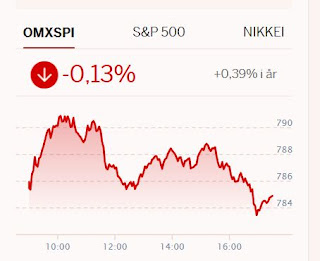Fed’s Stress Tests

Sometime soon, it’ll probably have to subject its stress tests to public scrutiny, highlighting serious flaws in what has become its primary tool for ensuring the resilience of the banking system. Hopefully, it’ll take this as an opportunity for improvement. Failing that, it should reconsider its reliance on the exercise. Stress tests can be immensely valuable: In 2009, they helped pull the global financial system back from collapse, shedding much-needed light on banks’ balance sheets and restoring the confidence needed to recover. Less so, though, is the annual process that has followed, in which the Fed tries to assess whether banks can survive hypothetical worst-case scenarios. Bloomberg Editorial 17 January 2025 https://www.bloomberg.com/opinion/articles/2025-01-17/fed-risks-making-stress-tests-on-banking-system-weaker “Bank stress tests are fun. They are interesting. So is a game of Monopoly. Do not mistake either for reality,” https://englundmacro.b...








